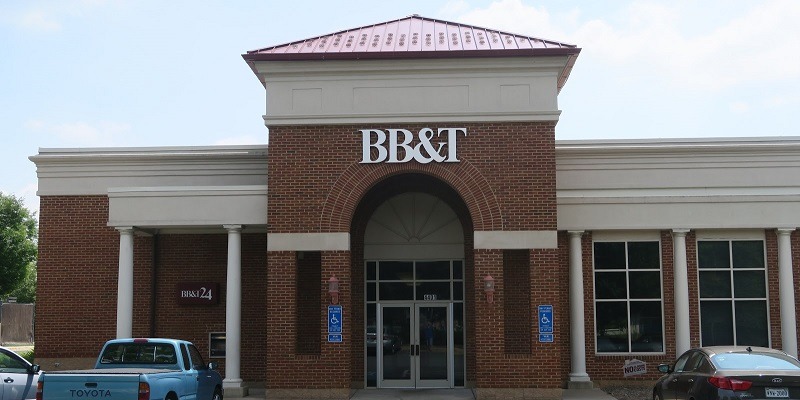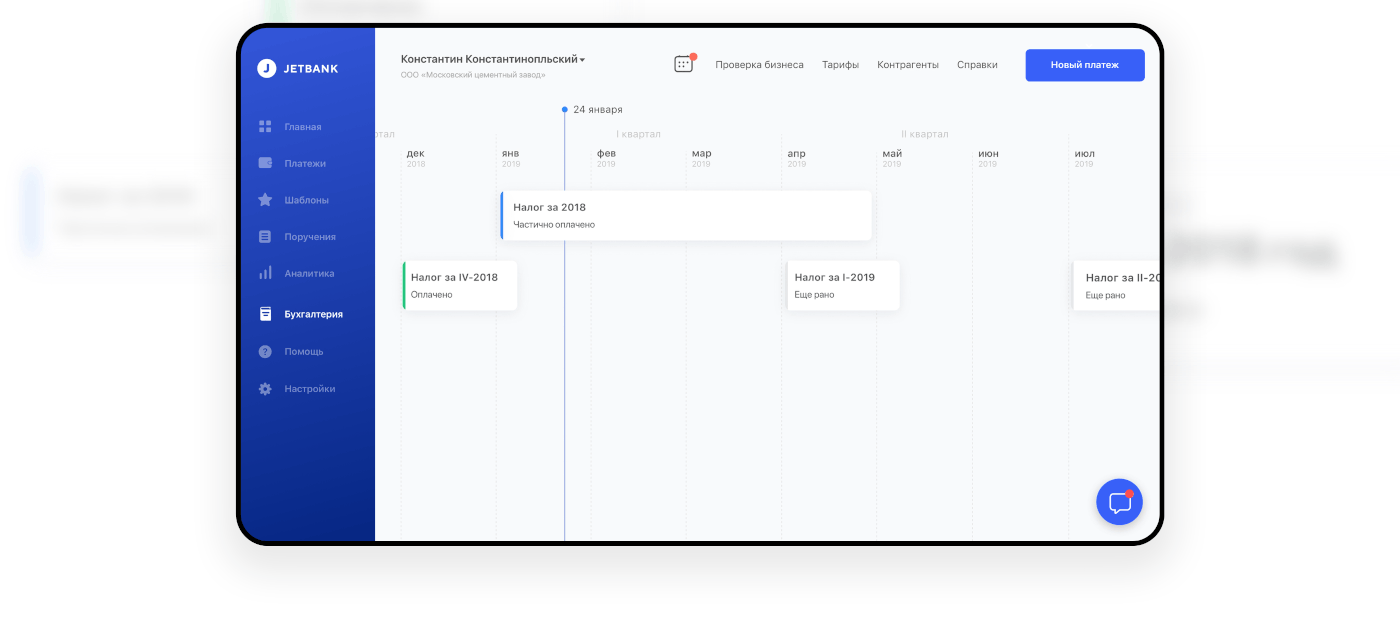

Transarterial chemoembolization for hepatocellular carcinoma using a new double-lumen microballoon catheter with a side hole. Todoroki W, Hirakawa M, Nagao E, Soeda H, Tsuruta S, Honda H. Combined use of an occlusion balloon catheter and a microcatheter for embolization of the unselectable right inferior phrenic artery supplying hepatocellular carcinoma. Temporary distal balloon occlusion for hepatic embolization: a novel technique to treat what cannot be selected. Hepatic embolization from the common hepatic artery using balloon occlusion technique. Society of Interventional Radiology clinical practice guidelines.

Sacks D, McClenny TE, Cardella JF, Lewis CA. Shepherd’s hook technique for superselective catheterization of hepatic arteries. Turn-back technique with use of a shaped microcatheter for superselective catheterization of arteries originating at acute angles. Endovascular access to the meningohypophyseal trunk.

Use of a catheter with a large side hole for selective catheterization of the inferior phrenic artery. Temporary balloon occlusion of the common hepatic artery for administration of yttrium-90 resin microspheres in a patient with patent hepatoenteric collaterals. Mahvash A, Zaer N, Shaw C, Chasen B, Avritscher R, Murthy R. Transcatheter arterial embolization with N-butyl cyanoacrylate for acute life-threatening gastroduodenal bleeding uncontrolled by endoscopic hemostasis. Morishita H, Yamagami T, Matsumoto T, et al. Transcatheter intraarterial therapies: rationale and overview. Lewandowski RJ, Geschwind JF, Liapi E, Salem R. Hepatic arterial embolization for unresectable hepatocellular carcinomas: Do technical factors affect prognosis? Jpn J Radiol. Triaxial system for embolization of type II endoleak after endovascular aneurysm repair. Shimohira M, Hashizume T, Suzuki Y, et al. Superselective arterial embolization for the treatment of lower gastrointestinal hemorrhage. 2012 35:980–5.īandi R, Shetty PC, Sharma RP, Burke TH, Burke MW, Kastan D. Transcatheter treatment of hepatocellular carcinoma with Doxorubicin-loaded DC Bead (DEBDOX): technical Recommendations. Lencioni Riccardo, de Baere Thierry, Burrel Marta, et al. The BBT may be useful in superselective catheterization of inaccessible arteries due to anatomical difficulties. ResultsĪfter success of accessing the targeted artery by BBT, optimal interventions were accomplished in all patients with no complications other than vasovagal hypotension, which responded to nominal therapy. After the balloon catheter was deflated and withdrawn, optimal interventions were performed through the microcatheter. A microcatheter was delivered from a 5-F catheter via another femoral access and was advanced over the microguidewire into the target artery, under balloon blockage of advancement of the microguidewire into non-target branches. Occlusive balloons were deployed and inflated at the distal side of the target artery branching site in the parent artery via transfemoral access. All BBT procedures were performed using Seldinger’s transfemoral method. The BBT was performed in six patients (all males, mean 73.5 years) in whom superselective catheterization for transcatheter arterial embolization by the conventional microcatheter techniques had failed due to anatomical difficulty, including targeted arteries originating steeply or hooked from parent arteries. All Student Resident permits are also valid in yellow for daytime use only.The purpose of the study was to retrospectively evaluate the efficacy and safety of the balloon blocking technique (BBT). Review a map of parking locations before making your choice. LLC Students are eligible for an Aggie Terrace Resident Permit. These permits range from Gray 1-14 and are assigned by number to each living area. Students who live on campus are eligible for on campus residential parking permits. No overnight parking is allowed with these permits. There is a limited supply of permits available. Students who live off campus are eligible to buy a Blue or Yellow permit online. Prices reflect updates as of July 1, 2023.


 0 kommentar(er)
0 kommentar(er)
